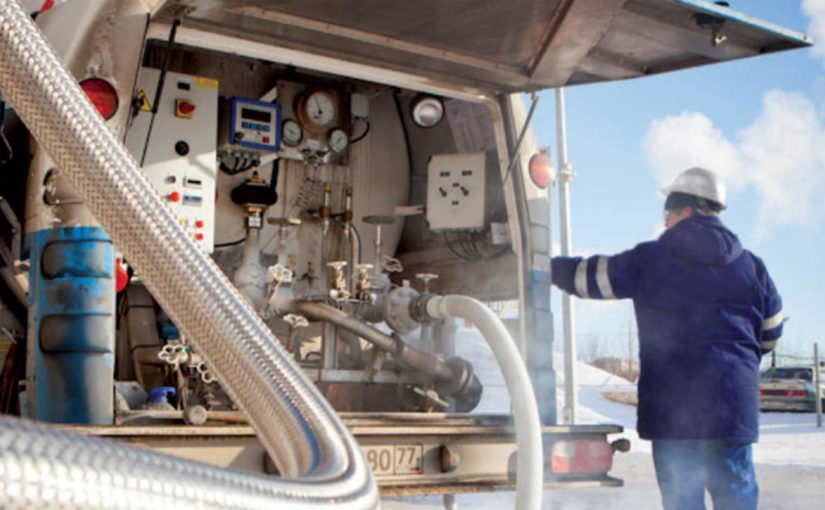So, your parameters are set correctly. You started with a pristine surface. Your stick out is at the perfect length. You’ve even got a cylinder of the right gas blend for the job. But for some reason, your welds continue to look like an old rope that Jackson Pollock tried to paint silver. But, by all accounts, this weld should be perfect, right?
Chances are your gas blend wasn’t mixed properly—and that blend might not be as spot on as you think it is.
Gas separation: A gateway to improper mixing
There are two main factors that lead to improper mixing. The first is an incorrect quantity of gases added during the filling process. This can happen in manual pressure and temperature fill plants if the operator is not diligent. The second most common problem is using a cylinder that does not have the appropriate filling hardware installed. This makes it almost impossible to get the proper mix during the fill process.
If a cylinder is not set up properly and the gases are not added in the correct order and quantity, a poorly mixed cylinder is almost a certainty.
Improperly mixed gases cause numerous problems
Improperly mixed gases can lead to a variety of quality concerns. Carbon dioxide (CO2) in excess of the parameters that were designed for a certain gas mix can lead to significant spatter and poor penetration, which, in turn, lead to excessive labor costs associated with cleanup and rework.
High CO2 effectively lowers the voltage, which can result in a high, ropey bead shape and reduced sidewall penetration in the weld joint. These weld defects are both aesthetic and structural concerns that compromise the quality of the finished product.
On-site mixers to the rescue
To improve accuracy, reliability and efficiency, consider on-site mixing. An accurate gas mix can prevent improperly mixed gas from taking welding parameters outside of specification. For any mixer to be accurate, it is necessary that the gas pressure leading into the mixing unit itself is carefully controlled. Even pressure differences of 2 or 3 psi can easily cause a gas mix to be significantly out of specification.
The right mixer should also be highly reliable. To ensure maximum reliability, look for a mixer that has a minimal amount of moving parts and minimize the number of electrically controlled or driven components. Uptime is the key metric for the reliability of a mixer. We define the uptime as not only the fact that the mixer is functioning, but also the extreme accuracy of the mix, which eliminates wasted time tracking down welding problems.
A mixer that is both accurate and reliable increases efficiency. Using an on-site mixer can reduce the amount of
Save time and money with on-site mixing
By eliminating labor associated with cylinder changeout and minimizing rework, adding on-site mixing can reduce costs and yield a better, more consistent output.
While the type of mixer needed varies based on technical requirements, operations of any size can benefit from the cost savings and efficiency gains that on-site mixers offer.
